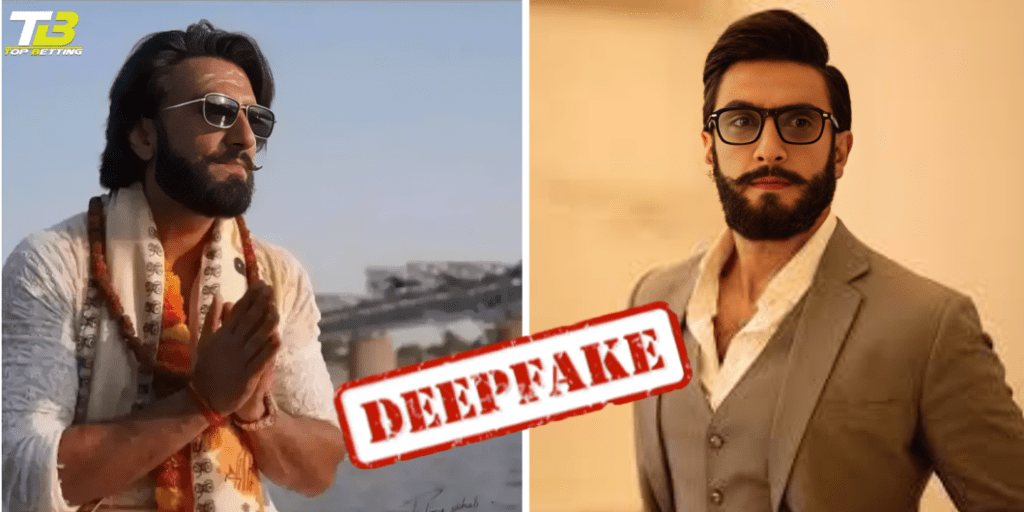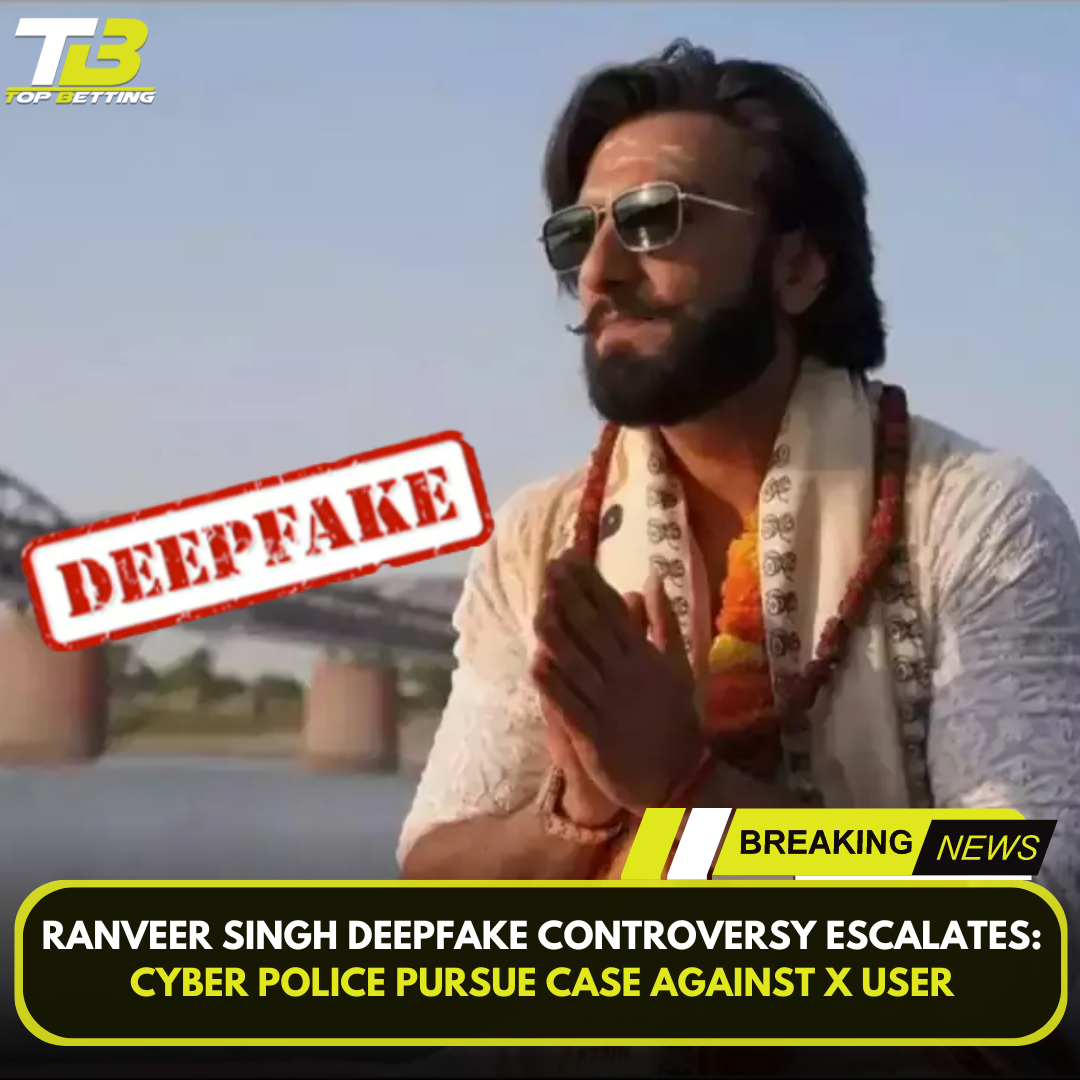
Ranveer Singh Deepfake Controversy Cyber Police Pursue X User
In recent years, the emergence of deepfake technology has sparked concerns and controversies worldwide. Deepfake refers to the use of artificial intelligence (AI) to create manipulated videos that appear incredibly realistic, often featuring individuals saying or doing things they never actually did. One such case involves Bollywood actor Ranveer Singh, who became a victim of a deepfake video endorsing a political party. This incident has prompted the Maharashtra police’s cyber cell to take action, registering a case against the user responsible for creating and sharing the video.
Understanding the Deepfake Video Controversy
The controversy surrounding the deepfake video involving Ranveer Singh revolves around an AI-generated video that portrays the actor endorsing a political party. The video, which was shared on social media platforms, went viral, causing a stir among the public and leading to legal action. The video was manipulated in a way that made it appear as if Ranveer Singh was urging people to vote for the Congress party, when in reality, he had no affiliation with any political party.
The Filing of the FIR and Investigation Process
Upon discovering the deepfake video, Ranveer Singh’s father, Jagjit Singh Bhavnani, filed a complaint with the Maharashtra police’s cyber cell. Based on the complaint, an FIR (First Information Report) was registered against the user @sujataindia1st, who was responsible for creating and disseminating the video. The FIR included charges such as cheating, forgery, and harming reputation, under relevant sections of the Indian Penal Code and the Information Technology Act.
The cyber cell, equipped with specialized skills in handling cybercrimes, initiated an investigation into the case. The investigation process involves analyzing digital footprints, tracking IP addresses, and identifying the origin of the video. The police will collaborate with technology experts to gather evidence and build a strong case against the accused. It is worth mentioning that the investigation process may take time due to the complexities involved in tracing the source of the deepfake video.
Legal Implications of Deepfake Videos
The incident surrounding Ranveer Singh’s deepfake video highlights the legal implications associated with the creation and dissemination of such content. Deepfake technology raises concerns regarding privacy, defamation, and potential damage to an individual’s reputation. In response to the growing threat of deepfake videos, several countries have enacted or proposed legislation to address the issue.
In India, the Information Technology (Intermediary Guidelines and Digital Media Ethics Code) Rules 2021 includes provisions that hold social media intermediaries responsible for the content shared on their platforms. These rules aim to curb the spread of fake news, hate speech, and misleading information, including deepfake videos. Additionally, the Indian Penal Code encompasses laws related to defamation, forgery, and cheating, which can be applied in cases involving deepfake videos.
Combating Deepfake Technology: Technological Solutions
To combat the rise of deepfake videos, researchers and technology experts are developing innovative solutions. One approach involves the development of deepfake detection algorithms that can identify manipulated videos with a high degree of accuracy. These algorithms analyze facial movements, audio inconsistencies, and other anomalies to distinguish between real and fake videos.
Furthermore, collaborations between tech companies, researchers, and law enforcement agencies are crucial in addressing the challenges posed by deepfake technology. By sharing knowledge, resources, and expertise, stakeholders can enhance their capabilities in detecting and preventing the spread of deepfake content.
Raising Awareness: Protecting Individuals from Deepfake Threats
Ranveer Singh’s case serves as a reminder of the importance of raising awareness about deepfakes and their potential impact on individuals and society. It is crucial for individuals to exercise caution when consuming and sharing online content, especially videos featuring public figures. By verifying the authenticity of videos before sharing them, the public can help prevent the spread of deepfake content and mitigate its consequences.
Educating the public, organizations, and institutions about deepfake technology empowers them to recognize and report instances of manipulation. Media literacy programs provide the essential skills for critically evaluating online content and differentiating between genuine and altered videos. By increasing awareness and fostering critical thinking, we can combat the spread of deepfake videos and mitigate their harmful effects on society.

Conclusion
The Ranveer Singh deepfake video case underscores the escalating threat posed by deepfake technology and the urgent need for action. With AI advancing at a rapid pace, it’s imperative to establish strong legal frameworks, innovate technological solutions, and enhance public awareness. Collaboration across sectors is essential to safeguard personal privacy, maintain the credibility of digital content, and foster a secure online environment. This case serves as a critical reminder of the potential consequences of unchecked deepfake proliferation and the importance of proactive measures to address this challenge. By uniting efforts, we can mitigate the risks posed by deepfake videos and ensure that AI technologies are used responsibly for the betterment of society.










